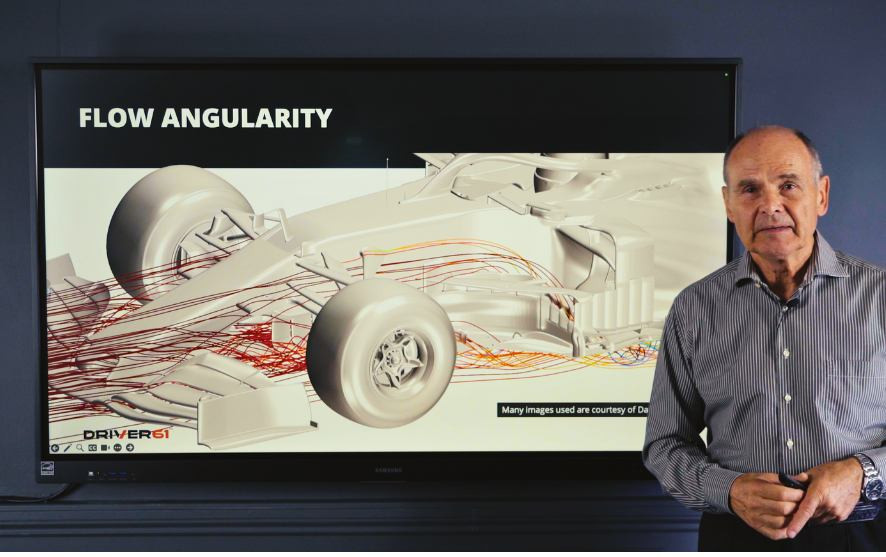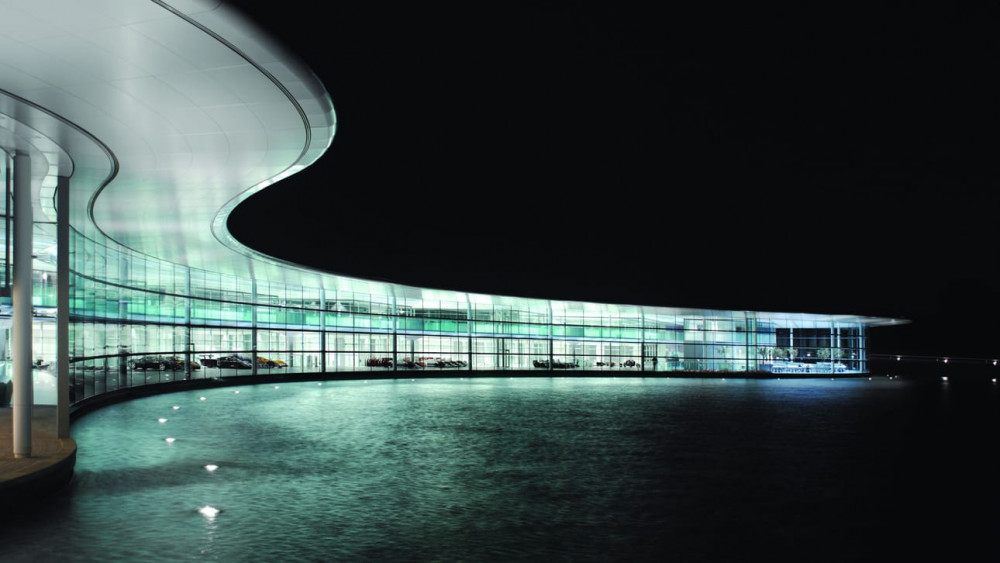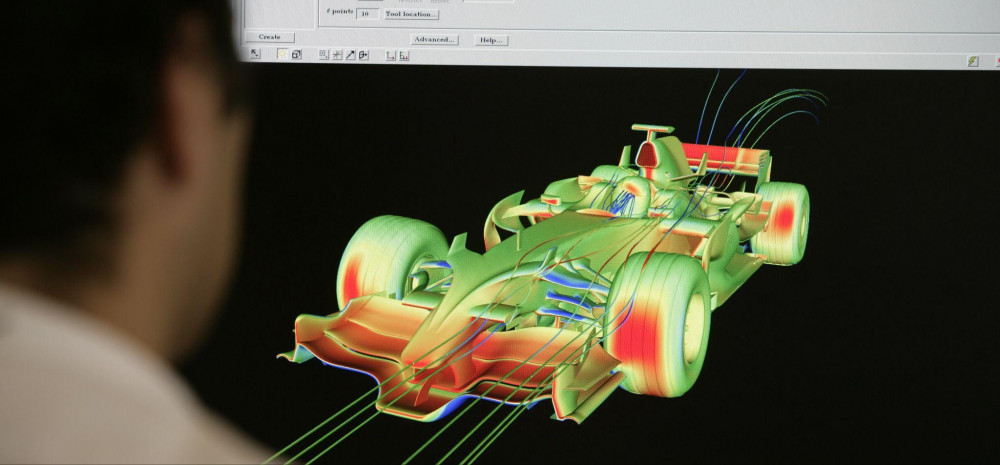Ever wondered how Formula 1 teams know their latest design tweaks will work before the car hits the track? Or how aerospace engineers can be confident a new aircraft will fly safely? The answer lies in one of engineering's most fascinating tools: the wind tunnel. These remarkable facilities have been helping engineers test and perfect their designs for decades, and they're still at the cutting edge of innovation today. Let's take a closer look at what wind tunnels are all about and the exciting career opportunities they offer.

What Exactly is a Wind Tunnel?
Ever wondered what a wind tunnel actually is? Well, it's basically a massive tube with a powerful fan at one end that creates controlled airflow. Think of it as a giant testing ground where engineers can put scale models of things like cars, aircraft, and even buildings to see how they interact with the air around them. It's pretty clever stuff - they use these tunnels to figure out how to make their designs perform better, be more efficient, and stay safe. In the world of Motor racing and Formula One, these tunnels are used to shave precious seconds of lap times by honing the finely balanced Aerodynamics of the car.
How Fast is the Wind Produced?
The speed you can get in a wind tunnel varies quite a bit, depending on what you're testing. Some wind tunnels are happy puttering along at relatively low speeds, while others can create absolutely mind-bending velocities of over 4,000 miles per hour! The engineers control these speeds by tweaking the fan settings - either by changing how fast it spins or adjusting the angle of the fan blades. To give you an idea, NIST's wind tunnel can produce anything from a gentle breeze at 0.15 m/s to a proper gust at 40 m/s. Formula One wind tunnels are restricted to 180 kph by the FIA!
How Many Wind Tunnels are in the UK?
The UK's actually got quite an impressive collection of wind tunnels compared to our European counterparts and other parts of the world. They're all part of something called the National Wind Tunnel Facility (NWTF), which sounds rather fancy, doesn't it? There are 24 of these high-tech facilities spread across 12 leading universities throughout the country. The brilliant thing is that they're not just kept under lock and key - researchers from both universities and industry can use them for their projects which is the key to their viability.
This approach stems from Britain's pioneering role in aerospace development, particularly during and after World War II, with many facilities established during the golden age of British aviation – exemplified by the R J Mitchell Wind Tunnel at Southampton, named
Each Formula One team based in the UK, of which there are a high concentration in Motorsport Valley, has their own wind tunnel (Mercedes, Red Bull, Aston Martin, Alpine, Williams, …..) with Aston Martin’s facility in Silverstone being the latest!

Image: Horizontal wind tunnel numbers across the world
How Does a Wind Tunnel Work?
The Technology Behind Creating the Wind
Let's talk about how these massive machines actually work. At their heart, wind tunnels use some seriously powerful fans - we're talking absolutely massive ones that can be over 15 metres across and powered by electric motors pushing out up to 10 MW of power! But it's not just about having a giant fan - there's quite a bit more to it.
To make sure the airflow is just right, wind tunnels have several crucial bits:
- A settling chamber that straightens out the air using honeycomb structures and mesh screens
- A contraction cone that squeezes the air to speed it up before it hits the test area
- A diffuser that gradually slows the air down afterwards
- Turning vanes that help guide the air around corners in closed-circuit tunnels
The Ways in Which the Effect of the Wind is Measured on the Car
When it comes to measuring what the wind's doing to a car, engineers have got quite a few tricks up their sleeves. They use things like:
- Balances that measure all the forces pushing and pulling on the car
- Pressure sensors dotted around the car's surface
- Flow visualisation techniques (think smoke trails and special paint)
- Something rather fancy called Particle Image Velocimetry (PIV) that uses lasers and high-speed cameras to track air movement
What Restrictions do F1 Teams Have on Using a Wind Tunnel?
In Formula 1, they've got some pretty strict rules about wind tunnel usage. They've put these in place to keep costs down and make things fairer for everyone. Teams have to watch their:
- Wind-on time (how long they can run the tunnel at speed)
- Occupancy time (total time in the tunnel)
- Number of runs they can do
- Model size (they can only use models up to 60% of the actual car size)
- Wind speed (they're limited to 180 km/h)
How is This Policed?
The FIA (that's Formula 1's governing body) keeps a close eye on all this wind tunnel business. Teams have to keep detailed records of everything they do in there, and the FIA can pop in for surprise inspections whenever they fancy.
How do Teams Try and Get Around This?
Teams are always looking for clever ways to make the most of their wind tunnel time. They've come up with some interesting approaches:
- Using automation to quickly change different parts of the model
- Combining their testing with computer simulations (CFD)
- Focusing on internal airflow testing, which isn't as strictly regulated
What Professions Work with Wind Tunnels?
If you're interested in working with wind tunnels, there are quite a few routes you could take:
- Wind Tunnel Engineer: These folks design, run, and look after the wind tunnels
- Wind Tunnel Technician: They help keep everything running smoothly and handle the practical side of testing
- Aerodynamicist: These are the people who use all the wind tunnel data to make vehicles more aerodynamic, shaving those all important precious seconds off lap times.

How to Pursue a Career in This Field?
Fancy getting into this line of work? You'll typically need a degree in aerospace engineering, mechanical engineering, or something similar that covers fluid dynamics and aerodynamics. Getting some hands-on experience through internships or entry-level positions is also really important for breaking into motorsport roles in general. We have lots of guides in the careers hub about this if you would like further advice.
You can find all Aerodynamics Jobs here on Fluid Jobs




